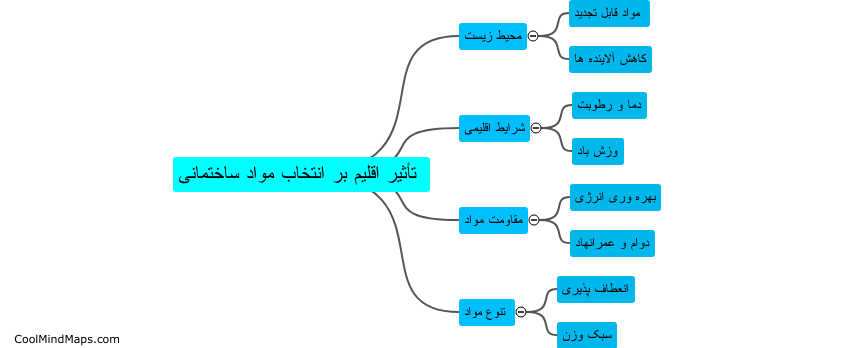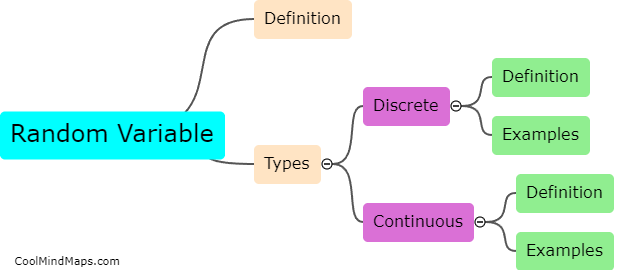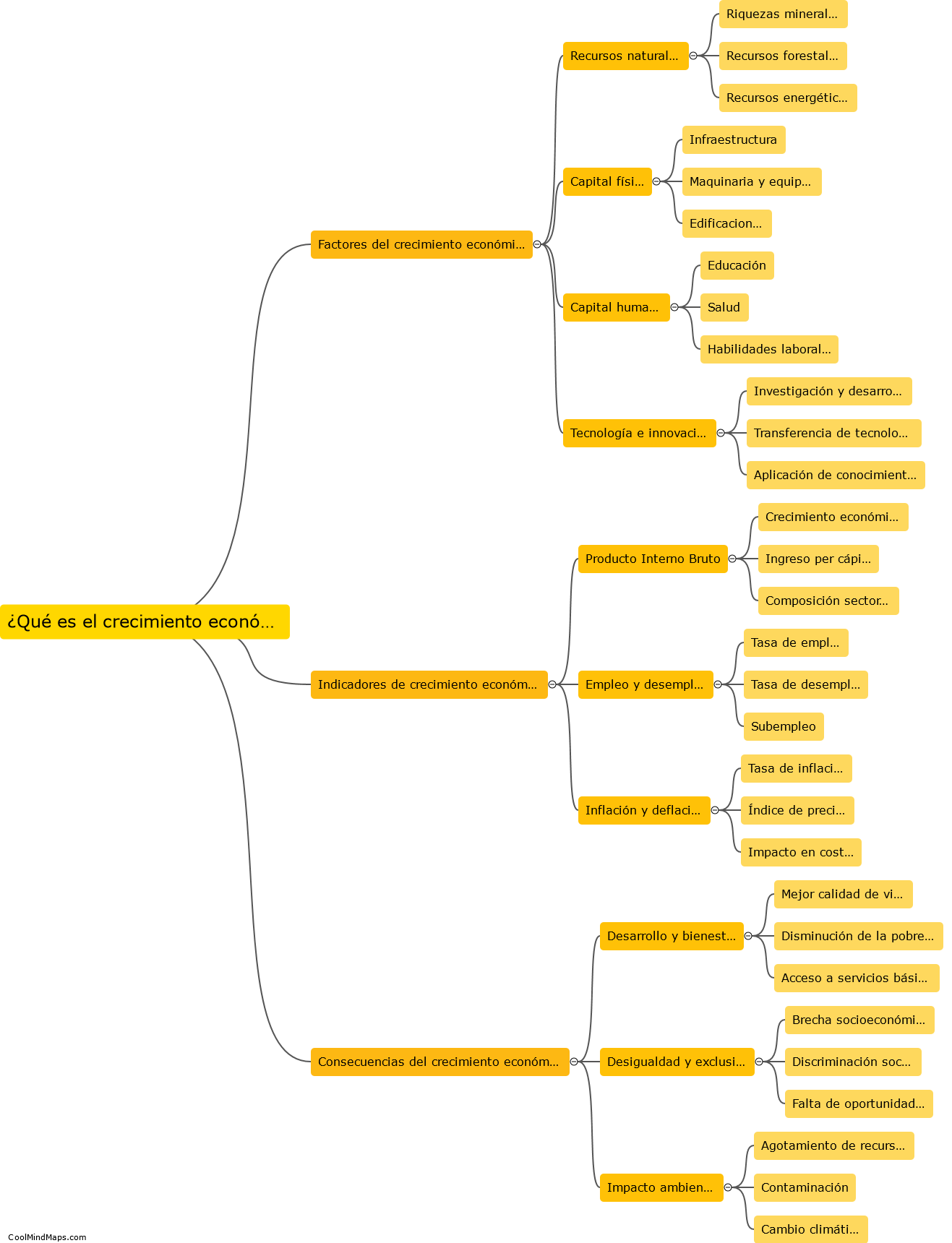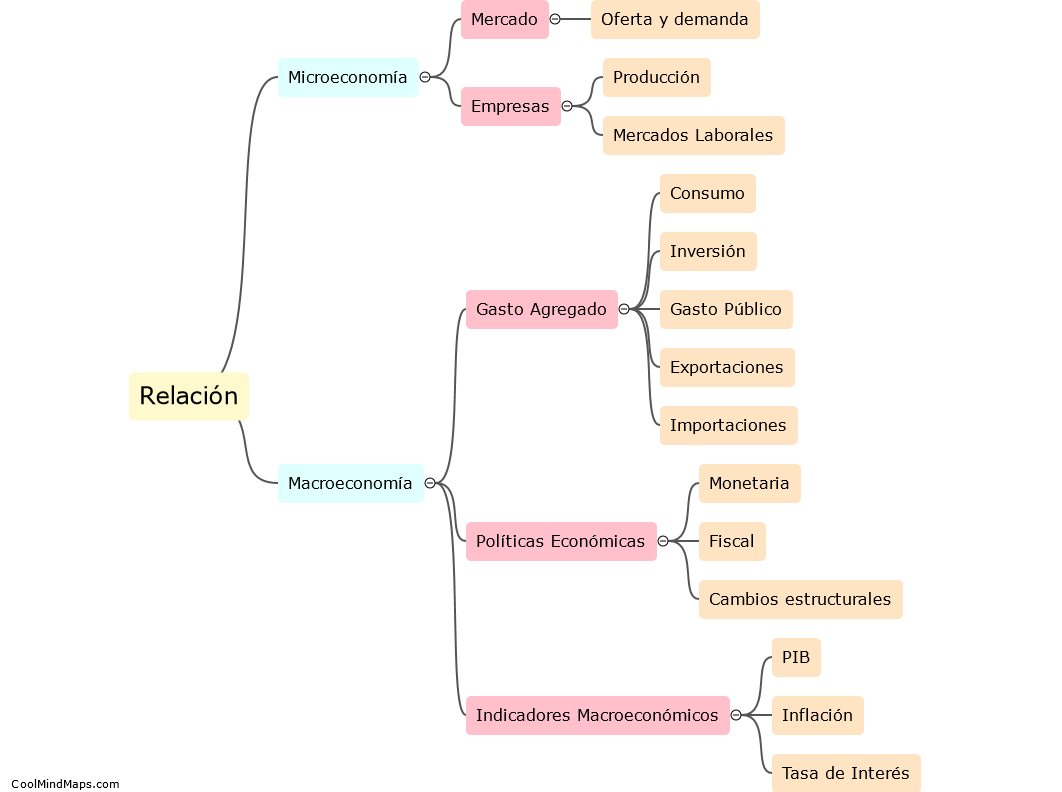What is the difference between macroeconomics and microeconomics?
Macroeconomics and microeconomics are two branches of economics that study different aspects of how an economy functions. Macroeconomics focuses on the overall performance of the economy as a whole, examining factors such as national income, unemployment rates, inflation, and economic growth. It analyzes the aggregate behavior and interactions of various sectors, such as households, firms, and the government. On the other hand, microeconomics looks at the individual units within the economy, such as households, firms, and industries. It studies their decision-making processes, supply and demand dynamics, market structures, and the allocation of resources at the individual level. While macroeconomics provides a broader view, microeconomics delves into the specific details and interactions that shape economic outcomes. Both branches complement each other in understanding and analyzing the complexities of an economy.
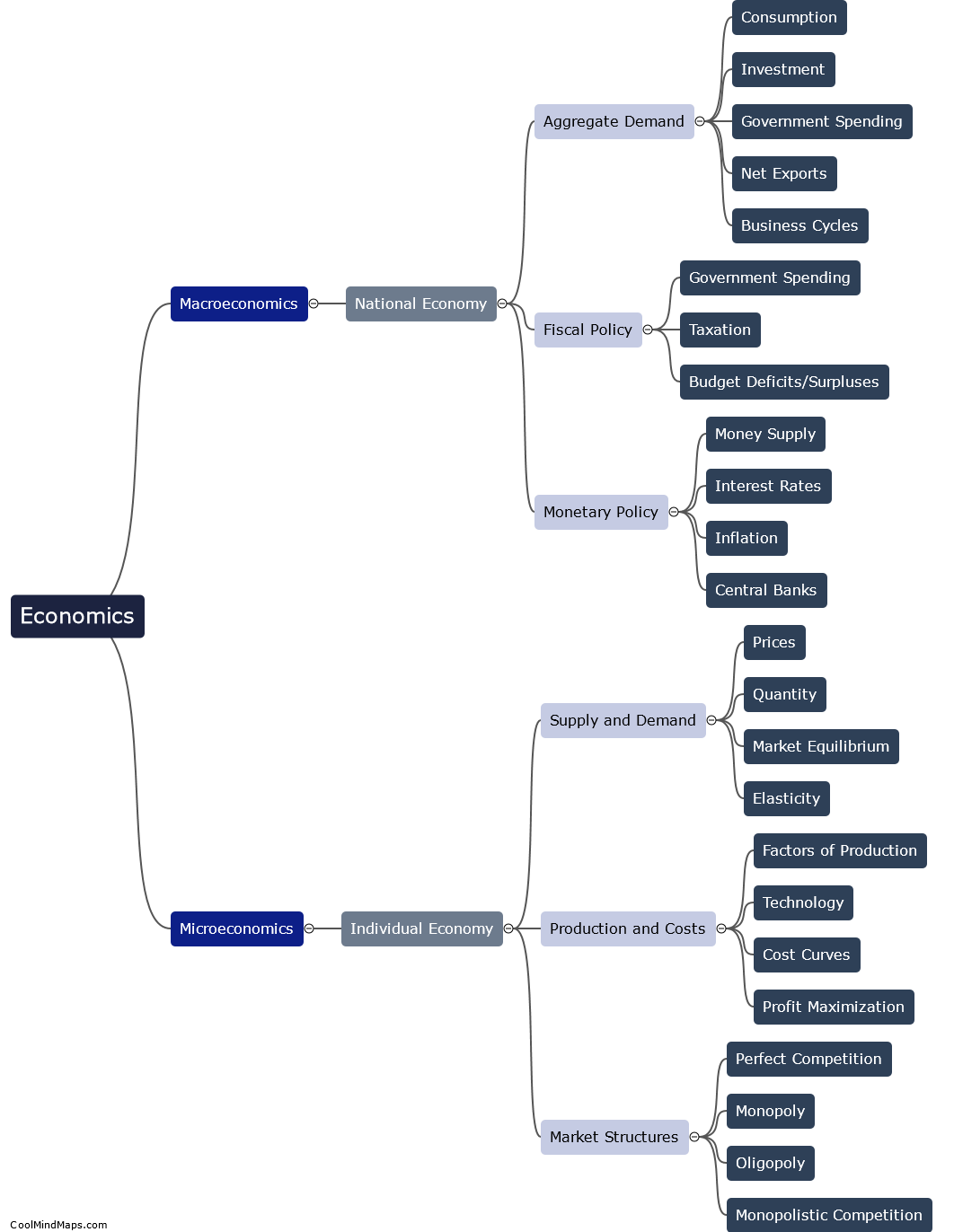
This mind map was published on 24 September 2023 and has been viewed 105 times.
